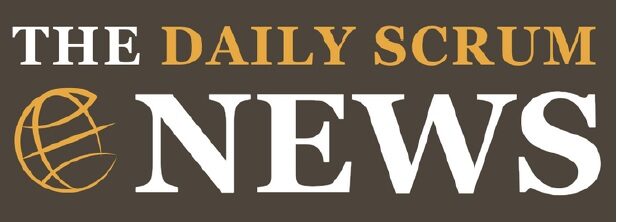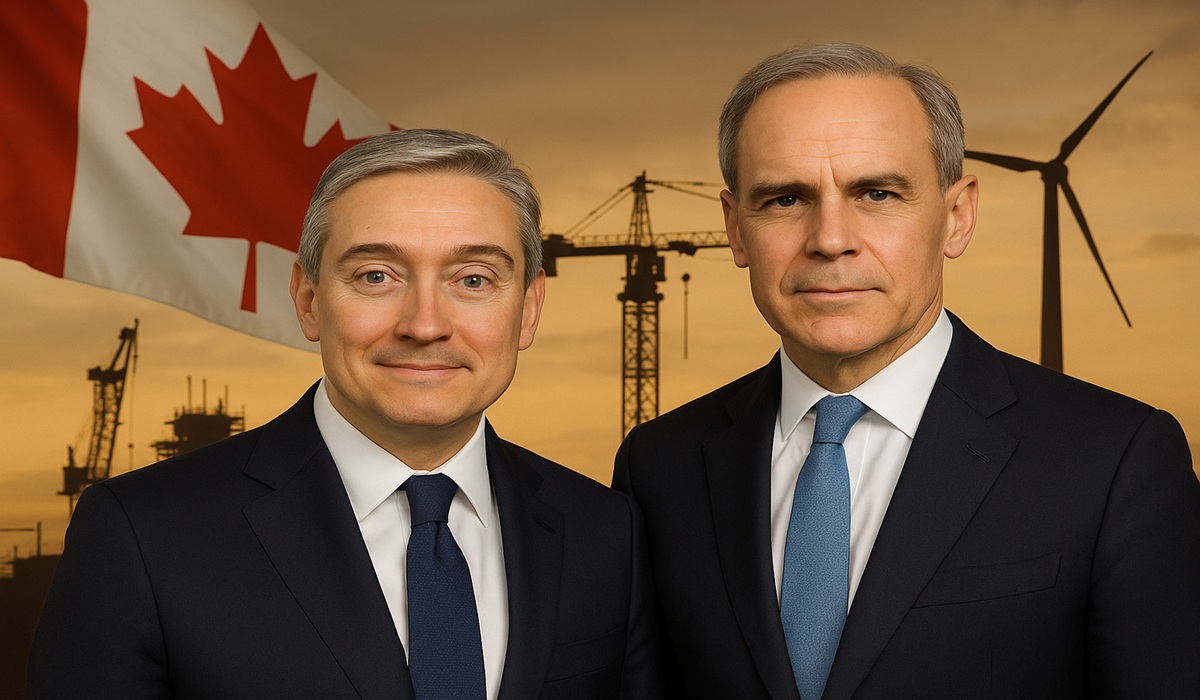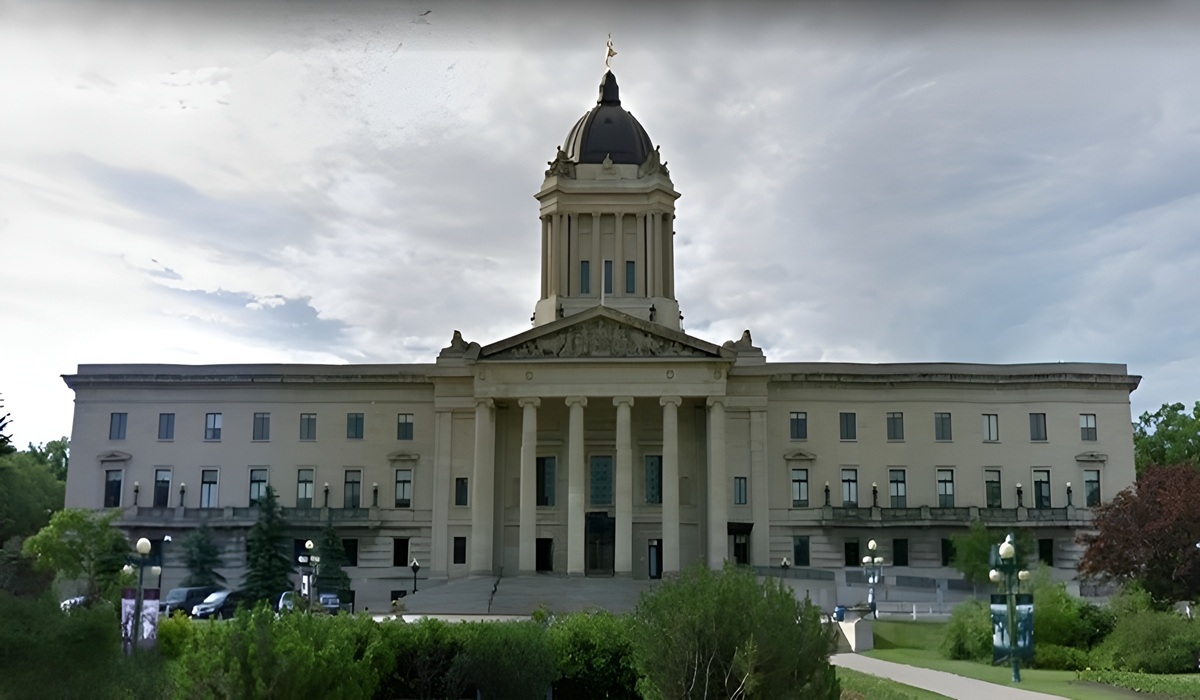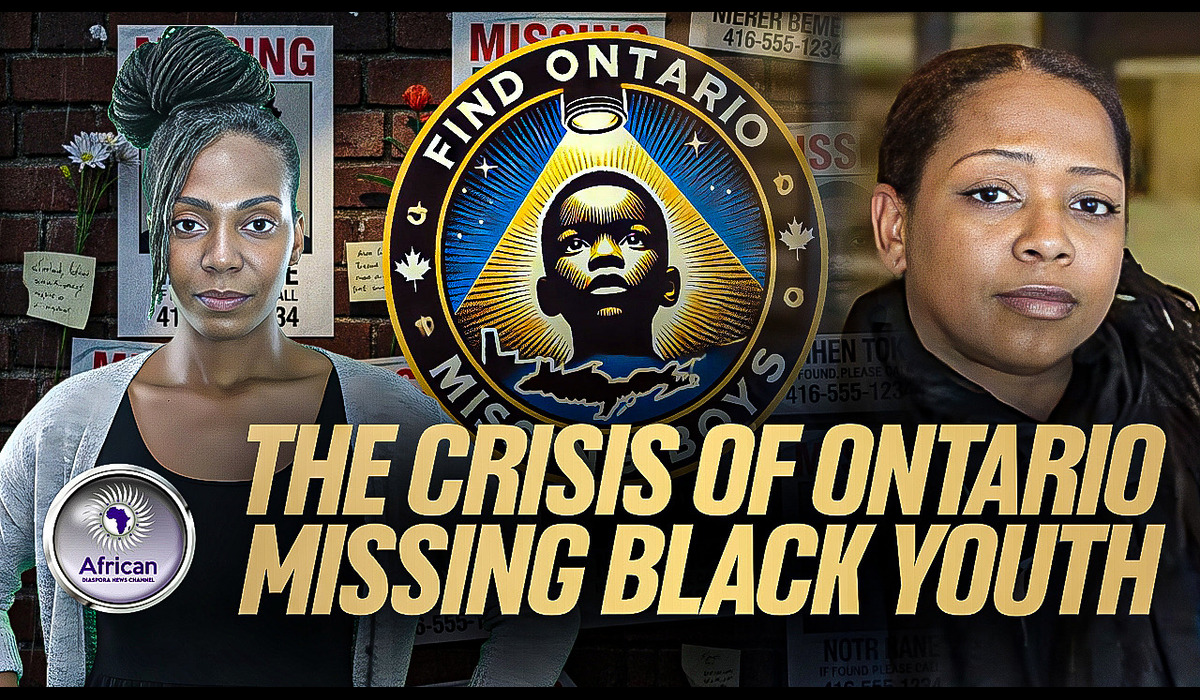Don’t Clap Yet: The $189 Million Mirage of Black Empowerment in Canada
- Emma Ansah
- Canada
- November 6, 2025

Black people in Canada should not get excited by this. The government’s $189 million pledge for Black-owned businesses is being celebrated in press releases and headlines, but when the numbers are stripped down and placed beside Canada’s other spending priorities, the scale becomes sobering. It is an announcement that sounds generous yet remains modest in comparison to the vast sums the same government moves elsewhere without hesitation.
When Ottawa announced the renewal of the Black Entrepreneurship Program in October 2025, it described it as a bold reaffirmation of its commitment to Black business growth. The total commitment, spread over five years, amounts to up to $189 million. Of that, roughly $105.4 million will go toward the “Ecosystem Fund,” money that will be disbursed to Black-led non-profit organizations tasked with providing training, mentorship, and development support. About $67 million will support a loan fund that offers loans of up to $250,000 to Black entrepreneurs. A smaller slice, $7.5 million, will fund a research “Knowledge Hub” designed to collect data on Black entrepreneurship and map out systemic barriers.
On paper, the structure looks complete: funding for research, capital, and community support. In practice, much of the money will never land directly in the hands of individual business owners. The largest portion goes to service organizations that are meant to provide mentorship and training—helpful, but indirect. The loan fund, while necessary, is still debt, not equity. Entrepreneurs who qualify must repay those sums, and many will not qualify at all. The “up to” phrasing in the federal announcement means these are ceilings, not guarantees. The real total delivered may end up far lower.
The government has touted success stories from the program’s first phase, noting that more than 24,000 Black entrepreneurs have participated since 2021 and that more than $70 million in loans have been approved. Yet, in a country where Black entrepreneurs are still less likely to be approved for financing and more likely to face rejection at the bank counter, the scale remains small. Spread over five years, the new pledge works out to less than $38 million a year—barely enough to make a dent in national systemic disparities that have persisted for generations.
The contrast with other areas of government spending is striking. In a single January 2025 announcement, Defence Minister Bill Blair pledged $440 million in military assistance to Ukraine. That one press release detailed $200 million for large-calibre ammunition, $100 million for drones, $30 million for winter gear, and another $64 million for drone cameras. Those numbers were not spread across five years; they were immediate. Canada’s cumulative assistance to Ukraine since the full-scale invasion has now exceeded $19.5 billion, including more than $4.5 billion in military aid and more than $7 billion in financial and humanitarian support.
The government’s international assistance report for 2023–24 showed that Canada spent about $12.3 billion on global aid that year alone. Ukraine, a single recipient nation, accounted for roughly $2.1 billion of that total. Meanwhile, the combined spending on development and humanitarian projects across all of Africa amounted to far less. In other words, the money Canada directs toward stabilizing foreign economies outpaces, by magnitudes, the sums it is willing to invest in building generational wealth for Black Canadians at home.
That contrast is not meant to pit causes against one another. It is meant to remind us that scale is a choice. When the political will exists, the treasury opens quickly and widely. When the beneficiaries are Black Canadians, the language changes—funding is capped, distributed slowly, and filtered through intermediaries.
For Black business owners, the path forward requires both realism and vigilance. The $189 million figure is not a windfall but a test. It must be monitored closely: who receives it, how much flows directly to entrepreneurs, and what measurable results it produces. The loan fund must be accessible, the ecosystem organizations must be accountable, and the data hub must not become another academic exercise that gathers dust.
The government’s announcement may be dressed in optimism, but real transformation requires pressure, scrutiny, and transparency. The disparity between what Canada can spend abroad and what it allocates to Black economic empowerment at home reveals a hierarchy of urgency. For now, the message to Black Canadians is clear: do not celebrate prematurely. Watch the money, not the headlines








